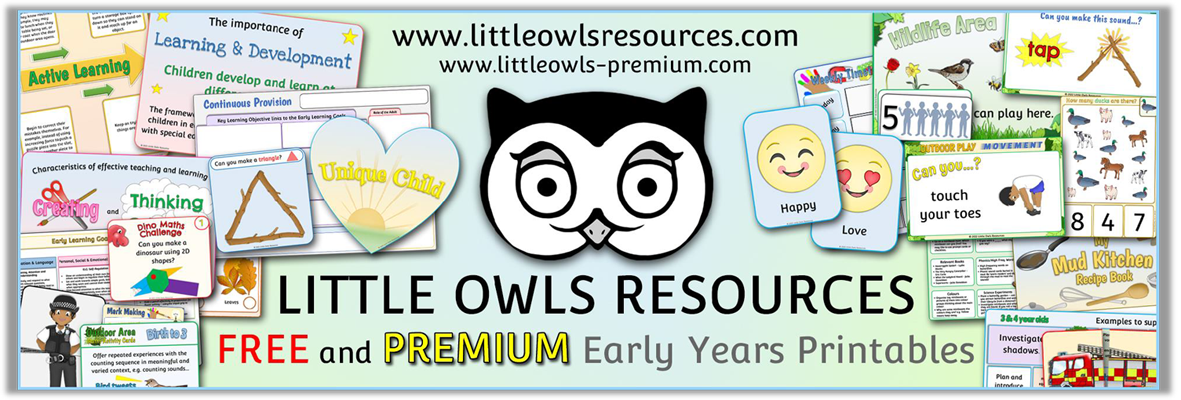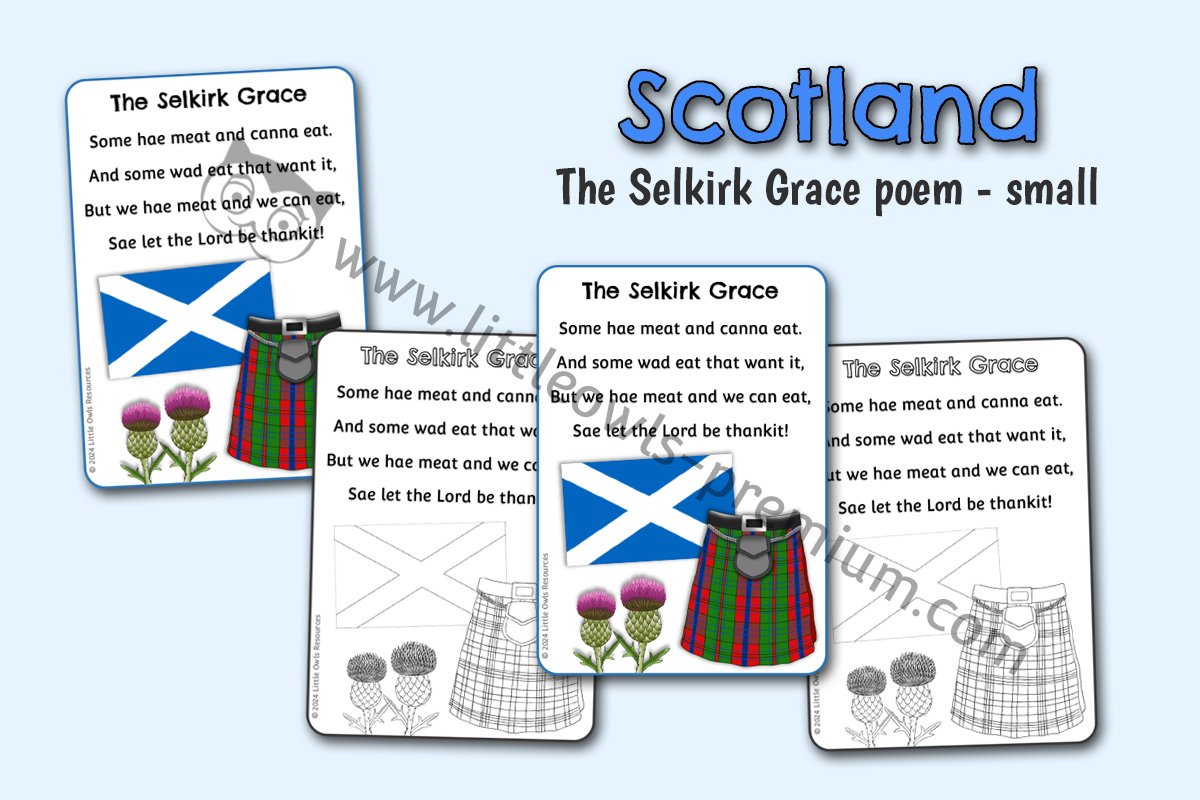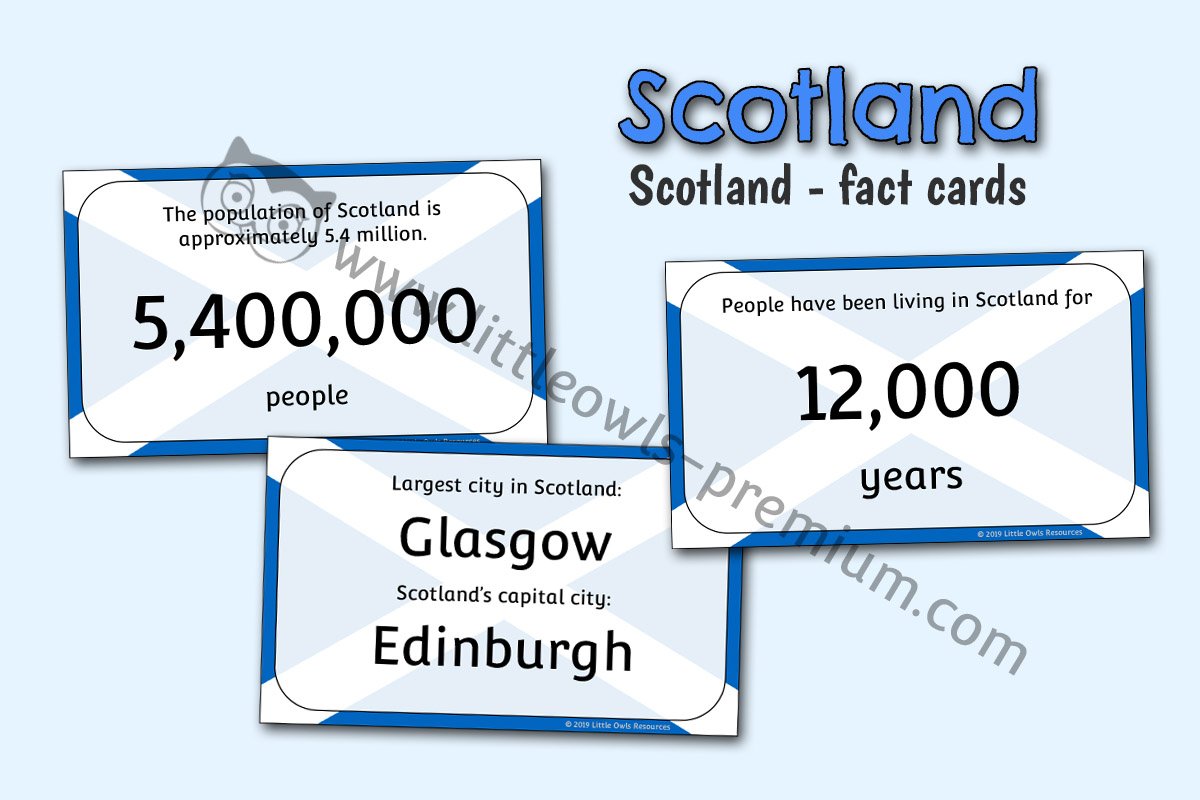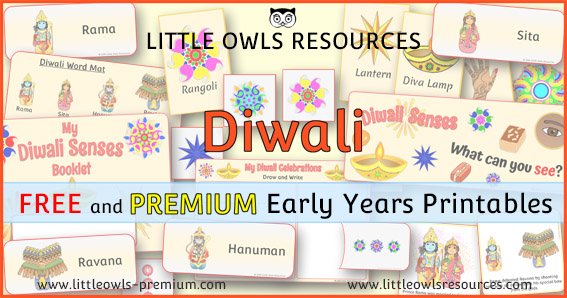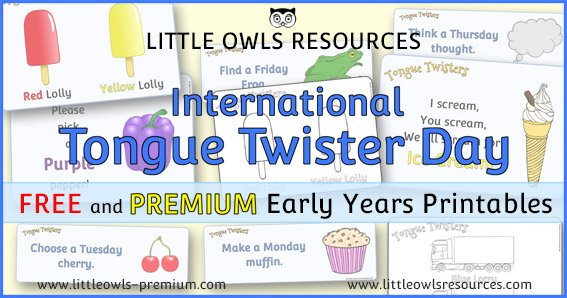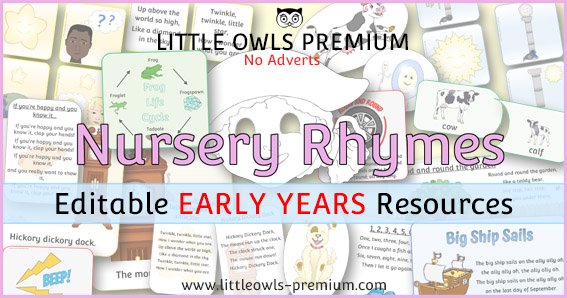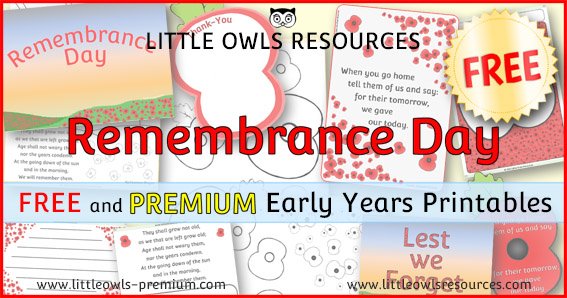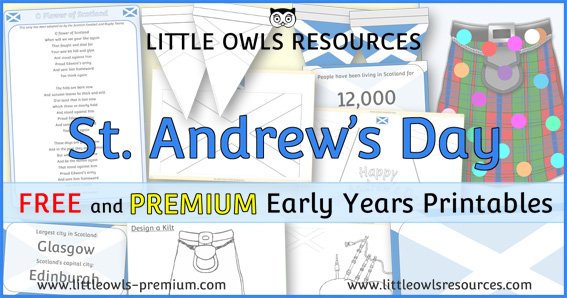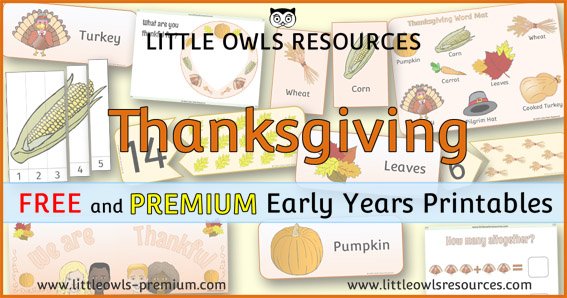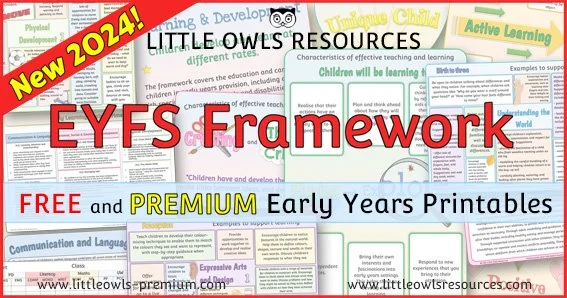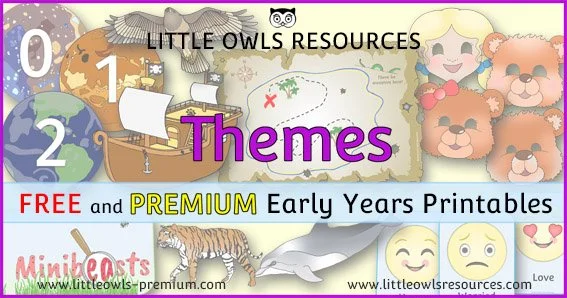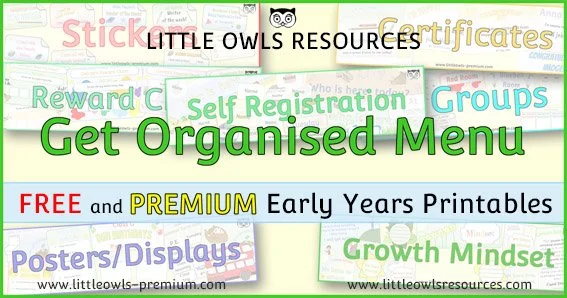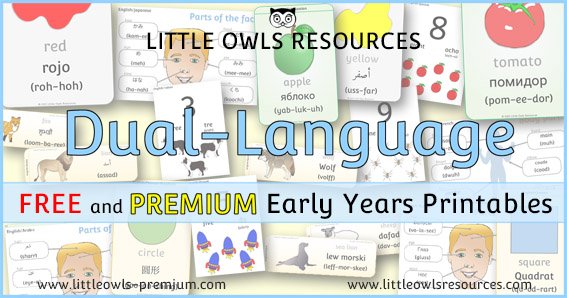St. Andrew’s Day - EYFS/Early Years activities, Displays and ideas
30th November
SECTIONS ON THIS PAGE:
Free Sample Resources
‘St. Andrew’s Day’ core resources - activities, displays, games
About ‘St. Andrew’s Day’
More topics/special dates you may be interested in
If you are not a member already, become a ‘Free Access’ member here. This will give you access to resources within the ‘Free Sample Resources’ sections at the top of most pages and ‘Special Dates Calendars’. Some whole topics are even free! Find out more about all of our membership options here. If you are already a member… thank-you! x
Please note that both Editable (docx file) and non-editable (pdf file) versions are available for all St. Andrew’s Day topic resources. (Editable files require Microsoft Word to work at optimum level and Non-Editable files require a pdf viewer.)
Click on the thumbnail images below for further details…
About ‘St. Andrew’s Day’
St. Andrew's Day is celebrated on November 30th in honour of St. Andrew, the patron saint of Scotland. This day is Scotland's official national day and holds significant cultural and historical importance. It is recognised with various events, celebrations, and traditional Scottish activities, and it is also a public holiday in Scotland.
Who Was St. Andrew?
Biblical Figure: St. Andrew was one of the twelve apostles of Jesus Christ and the brother of St. Peter. He was known for his missionary work and is believed to have been crucified on an X-shaped cross, which became a central symbol in Scottish tradition.
Scotland’s Patron Saint: St. Andrew was adopted as Scotland’s patron saint around the 10th century. According to legend, the relics of St. Andrew were brought to what is now St. Andrews in Scotland, solidifying his place as a protector of the Scottish people. He is also the patron saint of other countries, including Russia, Greece, and Romania.
Significance of St. Andrew's Day
St. Andrew’s Day celebrates Scottish culture, heritage, and identity. The Saltire, or St. Andrew’s Cross—an X-shaped white cross on a blue background—serves as Scotland’s national flag and symbolises St. Andrew’s martyrdom. This day is important not only for honouring the saint but also for uniting Scots around the world in celebration of their culture.
St. Andrew’s Day Traditions
Scottish Music and Dance: Traditional Scottish music, featuring bagpipes and fiddles, and ceilidh dancing (a lively style of dance) are common in St. Andrew's Day celebrations.
Feasting: Scottish dishes, such as haggis (a savory pudding), neeps and tatties (mashed turnips and potatoes), cullen skink (smoked haddock soup), and shortbread are enjoyed on this day.
Cultural Events and Festivals: Communities across Scotland host events, including parades, storytelling, poetry readings (often featuring Scottish poets like Robert Burns), and art exhibitions celebrating Scottish heritage.
Historical Reenactments: Some places host historical reenactments, bringing to life elements of medieval Scotland to honor St. Andrew and Scottish history.
Public Holiday and Charity: In Scotland, St. Andrew's Day is an official bank holiday. Some people use the day to volunteer or donate to charitable causes, reflecting St. Andrew’s compassion.
St. Andrew’s Day and Scottish Identity
St. Andrew’s Day plays a role in connecting Scots with their roots and celebrating national pride. It is one of three main celebrations in Scotland, alongside Burns Night on January 25th and Hogmanay (Scottish New Year’s Eve). For Scots worldwide, St. Andrew's Day is a reminder of their heritage and traditions.
Modern Celebrations and International Recognition
St. Andrew’s Day events often kick off the Scottish winter festival season, leading up to Christmas and Hogmanay. For people outside Scotland, the day is also recognised as a time to celebrate Scottish culture, with parades, dances, and dinners in countries with large Scottish diaspora communities, such as the United States, Canada, and Australia.
More November topics/special dates you may be interested in…
